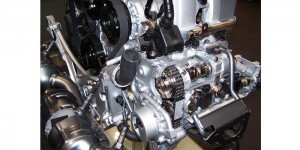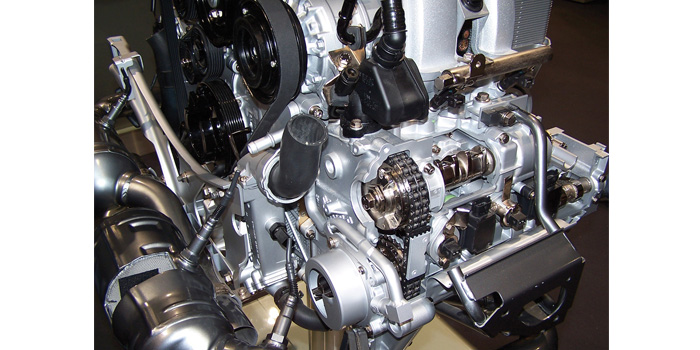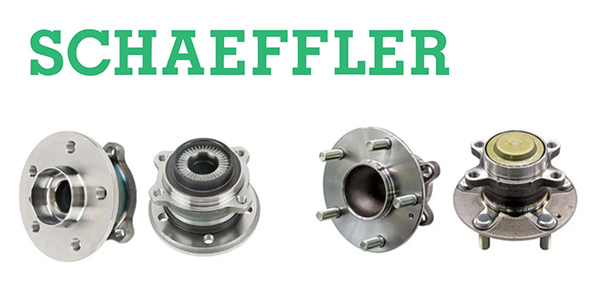 Rotating electrical parts, such as starters and alternators have always had a high replacement rate because they are hard-working parts that eventually wear out. The cranking load on a starter is quite high, especially during cold weather when the oil is much thicker and creates more resistance. Fuel injection helps engines start quickly, which reduces the load on the starter to prolong the life of the starter. Even so, prolonged cranking and frequent short-trip city driving can wear out a starter over time.
Rotating electrical parts, such as starters and alternators have always had a high replacement rate because they are hard-working parts that eventually wear out. The cranking load on a starter is quite high, especially during cold weather when the oil is much thicker and creates more resistance. Fuel injection helps engines start quickly, which reduces the load on the starter to prolong the life of the starter. Even so, prolonged cranking and frequent short-trip city driving can wear out a starter over time.
The alternators on today’s vehicles are working harder than ever, with high electrical demands created by so many electric systems and accessories. Electric power steering has replaced hydraulic power steering on many late-model vehicles, which puts even more load on the charging system. When high electrical loads are combined with prolonged idling times and high under- hood temperatures, it can cause the alternator to overheat and fail.
The most vulnerable components in an alternator are the diodes in the back of the unit that convert alternating current (AC) to 12 volts of direct current (DC). Heat and electrical overloads can cause diodes to fail and/or leak current, reducing the alternator’s output. A bad diode may even allow current to flow backwards from the battery through the alternator when the engine is off, causing the battery to run down (key off current drain).
The control electronics in internally regulated alternators are also vulnerable to voltage overloads and heat. If the transistors that control the charging output of the alternator fail, the unit will stop working and cause the battery to run down.
Vehicles that spend a lot of time idling with heavy electrical loads (lights, heater, A/C, high power stereo, electric seats, rear defrosters, etc.) can really overwork an alternator, and cause the alternator to fail prematurely. For these types of applications, recommend upgrading to a high output alternator. Replacing a stock alternator with one that is capable of producing more amps can reduce the strain on the charging system and lessen the chance of a repeat alternator failure.
Alternators and starters may stop working for a variety of reasons. The unit itself may be bad, or the fault may be something else such as a wiring fault, weak ground connection, faulty relay or fuse or control module problem.
Many alternators and starters are replaced unnecessarily because of misdiagnosis. This leads to unnecessary returns and warranty claims when the newly installed part fails to work properly. One of the best ways to minimize such problems is to always bench test a customer’s old alternator or starter. This will tell you if the unit is good or bad. If it tests “bad,” your customer obviously needs a new alternator or starter. If it tests “good,” the problem is likely something else, and further diagnosis on the vehicle is necessary to find out what’s causing the problem.
Bench testing also can be used to verify that a new or reman alternator or starter is working properly before it goes out the door. This also can reduce the potential for returns and warranty claims.
When accepting a used alternator or starter for a core exchange, make sure it is same unit for the application (not a different unit), and that it is complete. If a customer has disassembled their old starter or alternator in an attempt to repair it, parts may be missing or damaged that could affect the core value of the exchange unit. Of course, if you are selling a new or reman starter or alternator outright with no exchange, this isn’t an issue.





